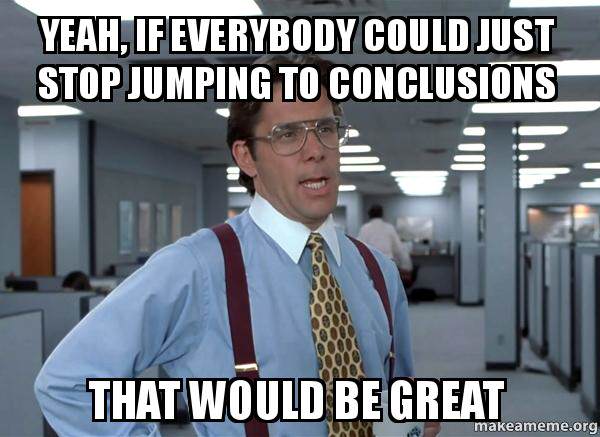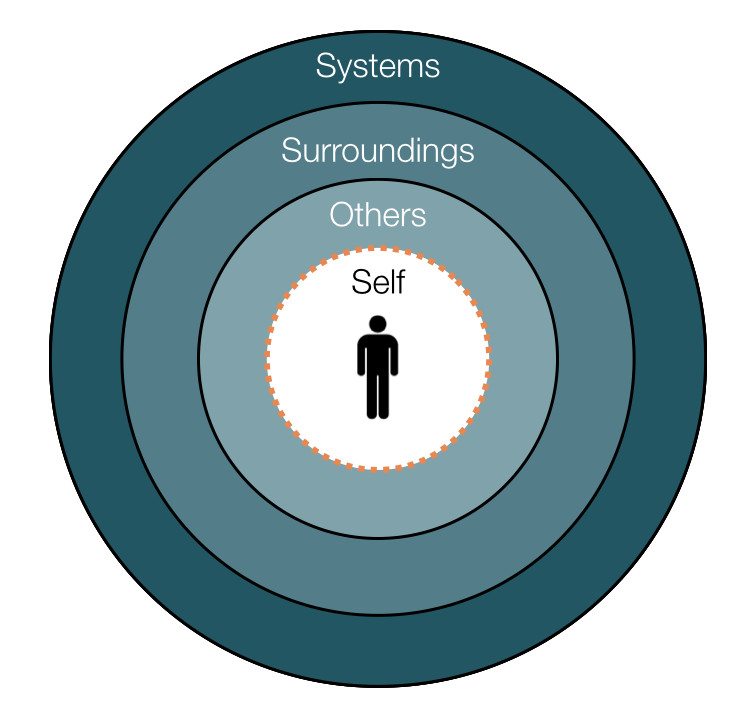In our last post, "The Brain Science of Human Performance", I described how three inherent functions of the brain affect the performance of people in very real ways. These three functions are problem solving, automation, and generalizing. I also introduced another mechanism of the brain that can inhibit performance, cognitive biases. In this followup, I will propose a way to overcome the cognitive biases and use the three functions in a strategic manner to drive good performance. As I detailed before, our brains take in an enormous amount of data when we are trying to problem solve a new and/or difficult task. This data is comprised of many factors that we call our "context". The most salient (important) and obvious factors actually create a feeling of what makes sense in that moment and is referred to as "Local Rationality". Once we complete the task and it seems to be successful we eventually automate this process and it becomes part of our normalized routine. We then, without even realizing it, assume that if that process worked in that case, then it must be the right thing to do in other, similar, cases and this is where the "generalizing" comes into play. While this may seem like an inherent flaw, those that understand this process are able to actually use it to create better performance. We know that our brains kick in when we have to start processing new context. If we can identify the context that was previously in place (i.e., that created a moment of local rationality for performing in a flawed way) we can change that context to be more conducive to better performance. For example, an operator at a manufacturing facility has found a way to reach around a guard and remove product that has become lodged in the machinery. He doesn't perform lockout/tagout (LOTO) because the main power source is across the facility and it takes more time to walk over there and lock and tag than it does to perform his work-around. He also knows just where to insert his arm to reach around the guard and pull out the product. He's not the only person doing this, as many other operators have been performing it that way in this facility for years. In fact, it's just how they do things around there, and after all nobody has ever been hurt doing it this way and, additionally, they have certain levels of production that they must maintain to keep their supervisors off their back. While that may seem like a very mundane and simple example of what happens in countless facilities everyday, it is actually rooted in an incredibly complex cognitive system. While most of you can see an immediate fix or two (move the power source and create a better guard) let's understand how that actually affects the brain. If we are able to get budget approval (sometimes difficult) to move the power source and fabricate a better guarding system, then we would have a new and salient context. If the operator can't reach through the guard, then he would be required to remove the guard, therefore removing the guard becomes the logical, but time consuming thing to do. If, however, de-energizing the machinery is easier and requires less time, then it becomes far more likely that he will actually do that, not because he's lazy but because we've just impacted a cognitive bias that I'll explain later. Once this context is changed, the cognitive automation stops and we move back to problem solving. Based on the new context, a different way of doing things becomes locally rational and once that new, and better way of performing the task is successful, that performance will then become automated and generalized.
Unfortunately, our work isn't yet complete, we also have to deal with those pesky cognitive biases (distortions in how we perceive context). I mentioned above that a person may chose to skip LOTO because it takes more time to walk across the facility than to perform the actual task. This is rooted in a cognitive bias called "Unit Bias" where our brains are focused on completing a single task as quickly and efficiently as possible. Or how about the "bandwagon effect" which is the tendency to believe things simply because others believe it to be true. There is also "hyperbolic discounting" which is the tendency to prefer the more immediate payoff rather than the more distant payoff (completing a task vs. performing the task in a safe way), and the list goes on. To overcome these cognitive biases we must first become aware that they exist. Our brain is wired in a way that these biases are a core function. To begin to rewire the brain and overcome these biases we must understand these biases and with this awareness we are actually less likely to fall victim to them. When we fail to do this we are actually falling victim to yet another cognitive bias that is called "Bias blind spot".
So what is the take-away from all of this? Our brains are wired to function as efficiently as possible. One of the ways we do this is to automate decision making and performance to maximize efficiency. Our decisions are driven by our contexts and the sometimes distorted way that we view that context. If you want to change unsafe performance you have to change the context and the way we view our context so that it becomes locally rational to perform in a safe manner. If we don't change the context we will continue to get the same performance we have always gotten because that is just the way our brains do it.









